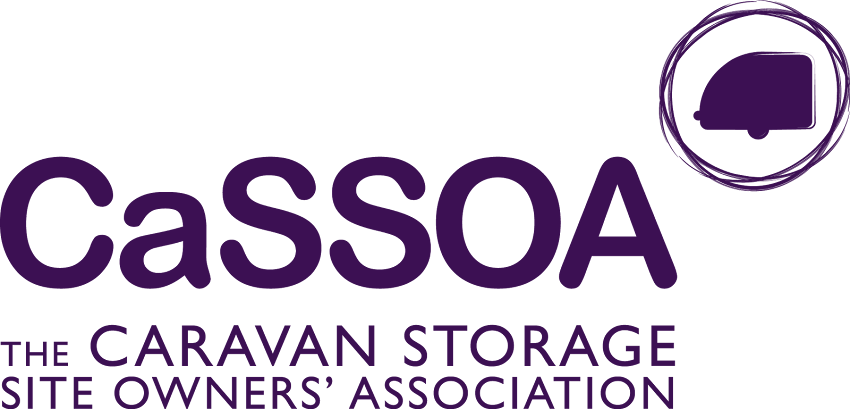A number of touring caravans have recently been reported as having been stolen in the Derbyshire area. Many of these were from storage that was being provided at farm locations.
The most important consideration when seeking to protect your caravan is to make sure that you meet the standards required by your insurer – you do not have to insure a caravan but of course if you decide to then there will always be policy conditions. Most insurers require you to fit a hitch lock and wheel clamp – but you have to consider whether this is enough.
A caravan stored at an ‘informal’ farm location is often vulnerable as any offender can spend time defeating security devices that you have fitted. So, you need to consider the storage site security.
- How easy is it for you to collect your caravan?
- Is there security in place?
- Is the storage area a fenced and gated area?
- How often have you been ‘challenged’ when collecting your own caravan – or do you have to arrange collection with the storage provider?
 If it is very straightforward for you to drive in and collect your caravan, if it is then the same applies to someone seeking to steal your caravan.
If it is very straightforward for you to drive in and collect your caravan, if it is then the same applies to someone seeking to steal your caravan.How often do you check your caravan? Many operators provide storage, but there is no check of your property once it is parked there – does the storage agreement include checks by the operator? – If not then you need to make regular visits (some of the caravans stolen have not been seen by their owners for a number of months).
If your caravan has an alarm system then make sure that it works – alarms will serve to both deter offenders and attract attention – but if the caravan is in the middle of nowhere then it is unlikely that there would be any response to such an activation.
If your caravan has an after theft recovery device fitted then make sure that you have paid the subscription for the monitoring (many insurers provide a benefit for using these devices – but failure to pay the subscription may leave your insurance invalid).
Some systems can only be activated once the caravan has been stolen – so this may be some considerable time after the event – so the value of such a product may not be as good as you may want to see. There are pro-active devices available – again these offer a benefit with many insurers – the real benefit here is that, if the alarm is linked to a monitoring device, then the alarm activation will be reported to you, and then action can be taken to investigate what is wrong – these systems can also provide live updates of the caravan’s location, enabling an early recovery in the event of a theft (these recoveries on some occasions have been within the hour – so your caravan and the contents are still together).
If you leave ‘caravan’ equipment in your caravan when it is stored then it is a good idea to mark this with your postcode. Not only does this protect your property when you are using the caravan on a site, but it also provides permanent identification of this property should any offender seek to sell, or dispose of the contents of the caravan, after the theft.
A permanent marker pen is ideal for this – one that leaves a mark that you can see, not the ‘hidden’ UV marker. You may also mark the inside of your caravan with the last six numbers of its VIN – its unique identification mark found on the windows. Repeating this mark inside cupboards / lockers within the caravan can help to identify it if the offender works to remove the identification provided by the manufacturer.
Registering your caravan with the CRiS scheme (the UK Central Registration Identification Scheme) can also help the Police to identify your caravan. This is a register of keepers and in the event of a theft then previous keepers can provide information to officers about unique features of the caravan that you previously owned. Introduced back in 1992 the scheme can now provide you with covert identification tags that can be hidden around the caravan. These electronic tags can be read by a special reader that is available to Police officers – so even if the manufacturer’s identification marks have been removed the caravan can still be identified.
To locate secure storage site for your caravan or motorhome, click here.
Read this on our website.







